Der russische Partikel-Konjunktiv und der deutsche würde-Konjunktiv im Vergleich
DOI:
https://doi.org/10.13092/lo.44.403Abstract
The Russian subjunctive mood (soslagatel'noe naklonenie) is formed by the l-form of the verb and the particle by. From a morphological perspective, this is an isolating process, and the particle by has indeed been called an "ideal isolating form". In German on the other hand, besides the synthetic subjunctive (Konjunktiv I/II) an analytic subjunctive construction with the auxiliary würde is gaining ground. This process, too, is seen as a tendency towards an isolating language structure. Against this background the article compares the analytic subjunctives in Russian and German. In particular, analyses are referred to that have tried to work out the semantic compositionality of the subjunctive constructions (Sørensen 1975, Fabricius-Hansen 2000). After a critical discussion of the literature it is argued that in certain respects the German würde-construction is even more isolating than the Russian by-subjunctive.Downloads
Download data is not yet available.
Downloads
Published
2010-10-01
Issue
Section
Artikel/Articles
License
Copyright (c) 2010 Michael Schümann

This work is licensed under a Creative Commons Attribution 4.0 International License.
How to Cite
Schümann, M. (2010). Der russische Partikel-Konjunktiv und der deutsche würde-Konjunktiv im Vergleich. Linguistik Online, 44(4). https://doi.org/10.13092/lo.44.403


